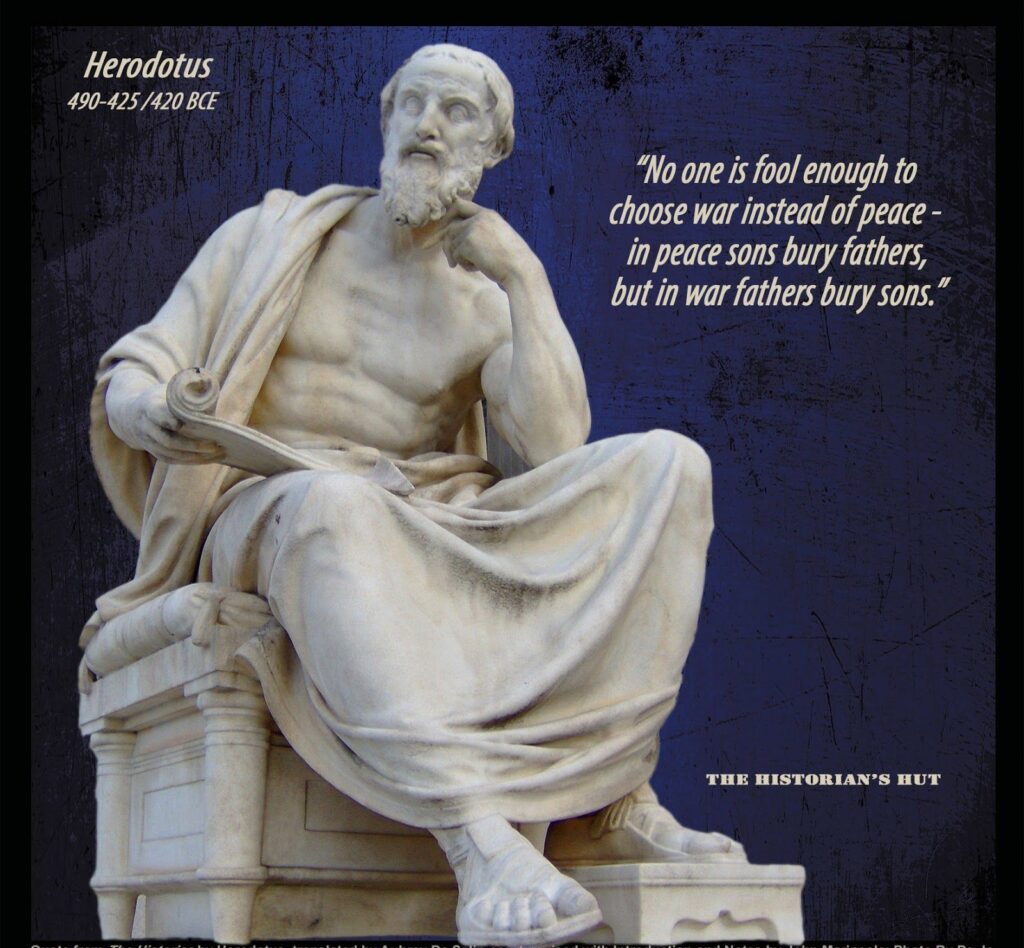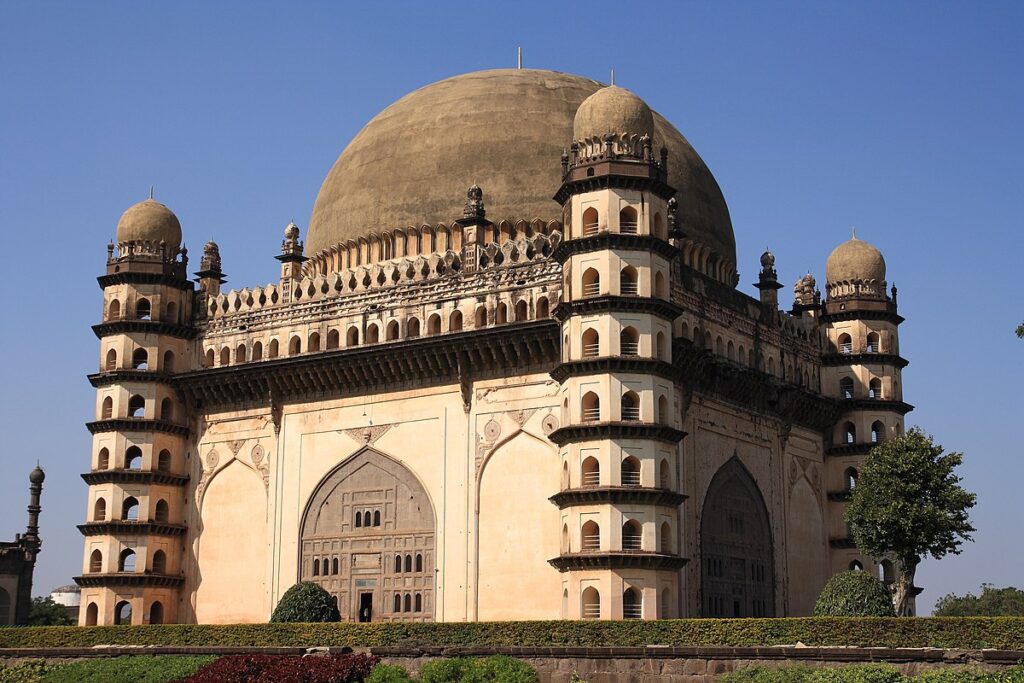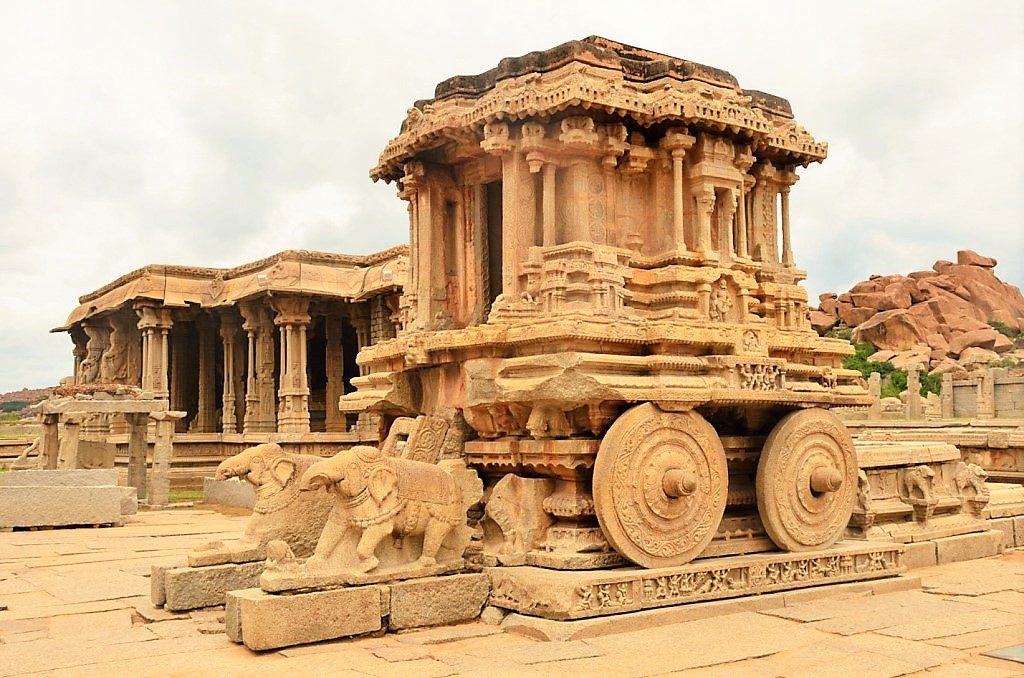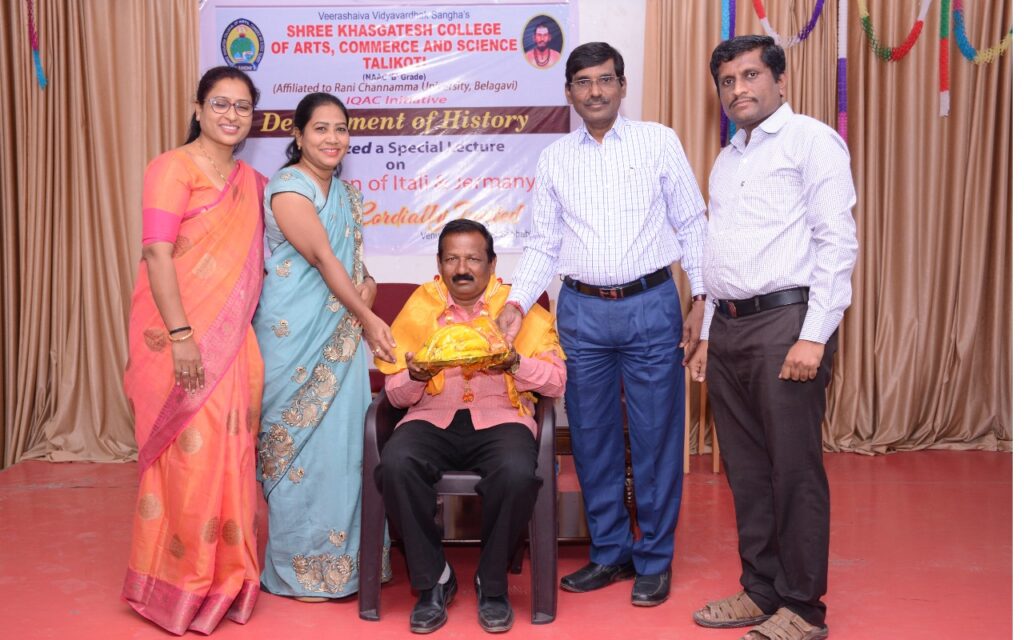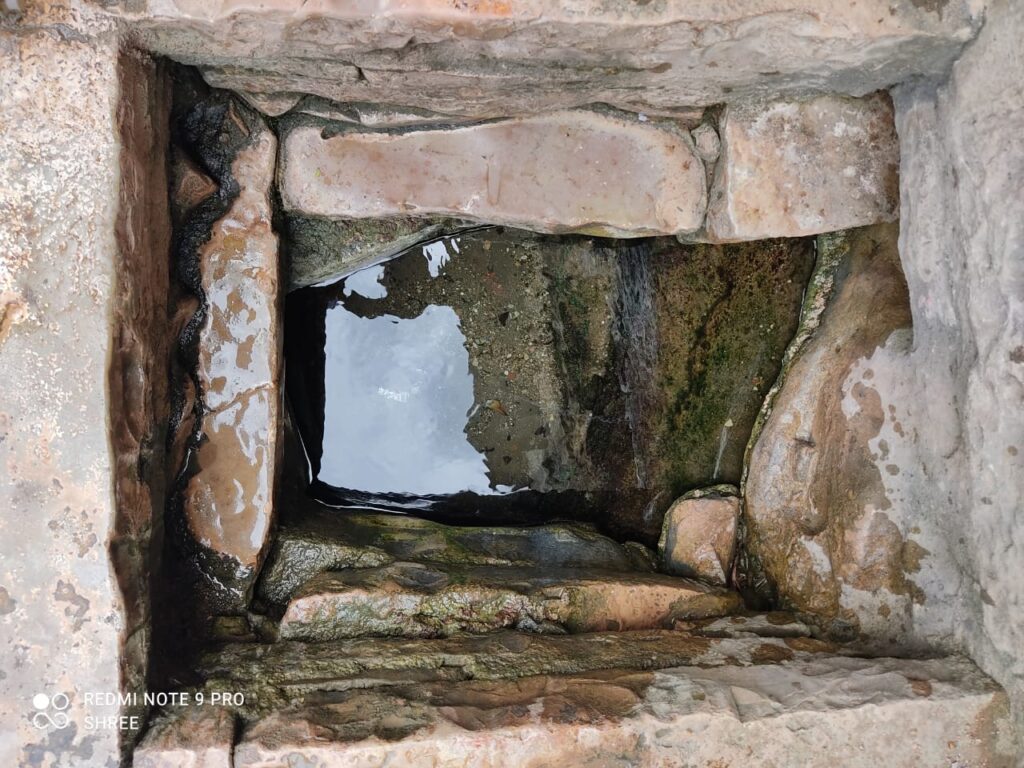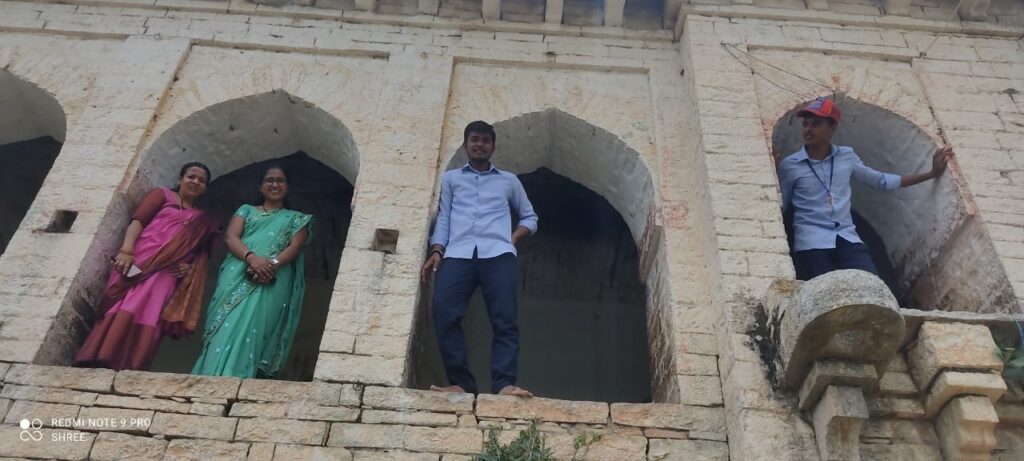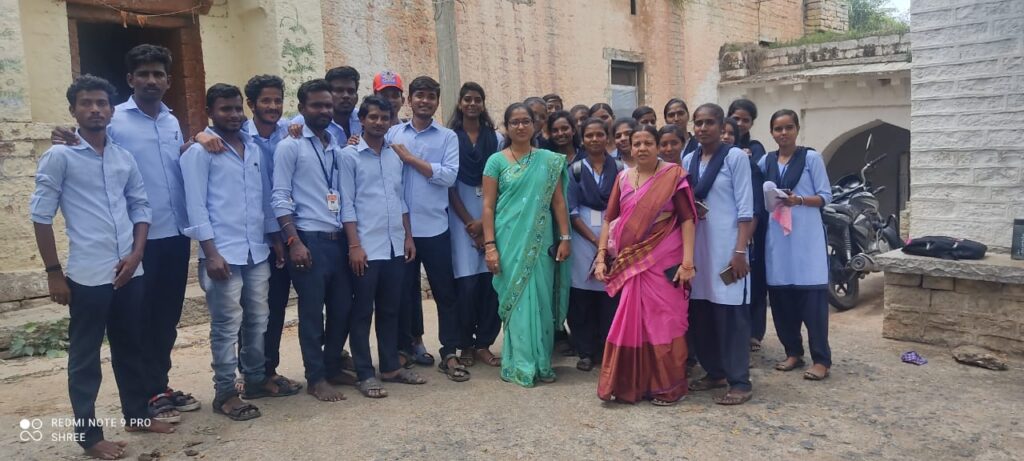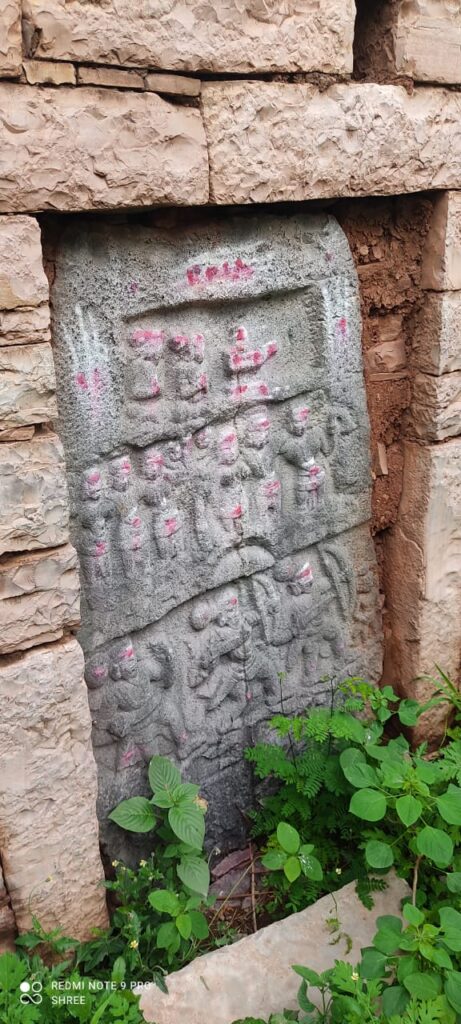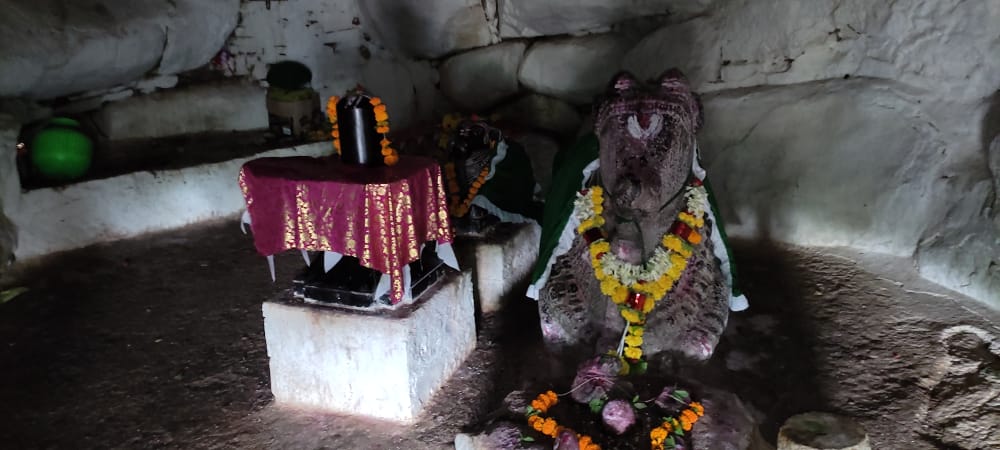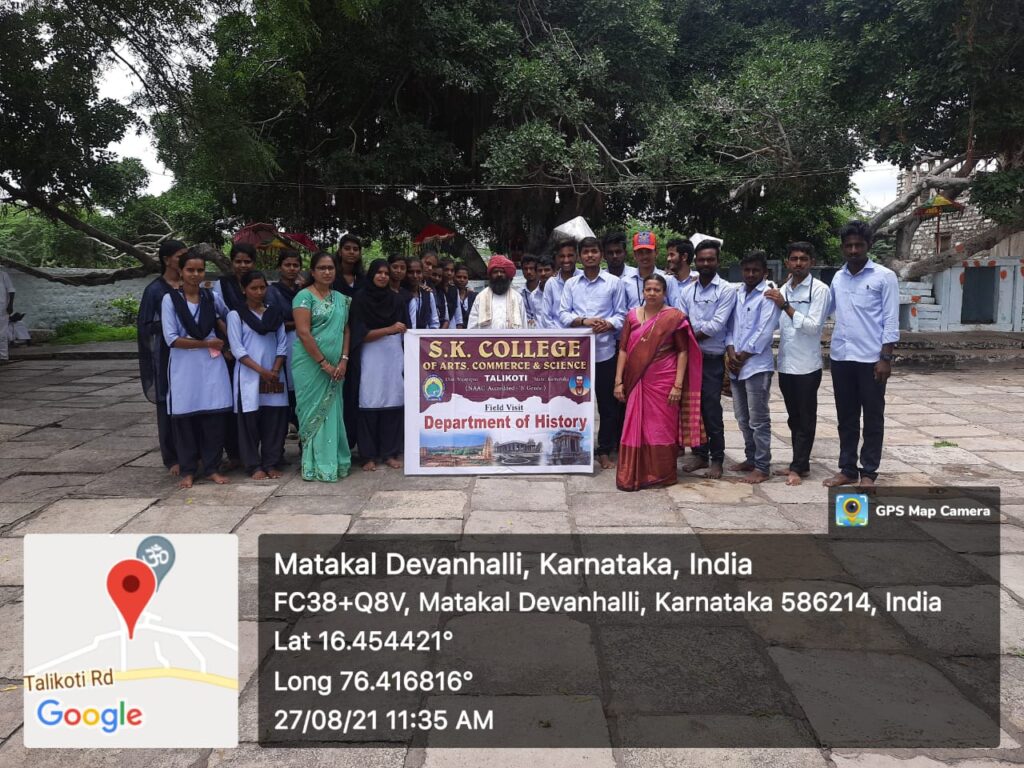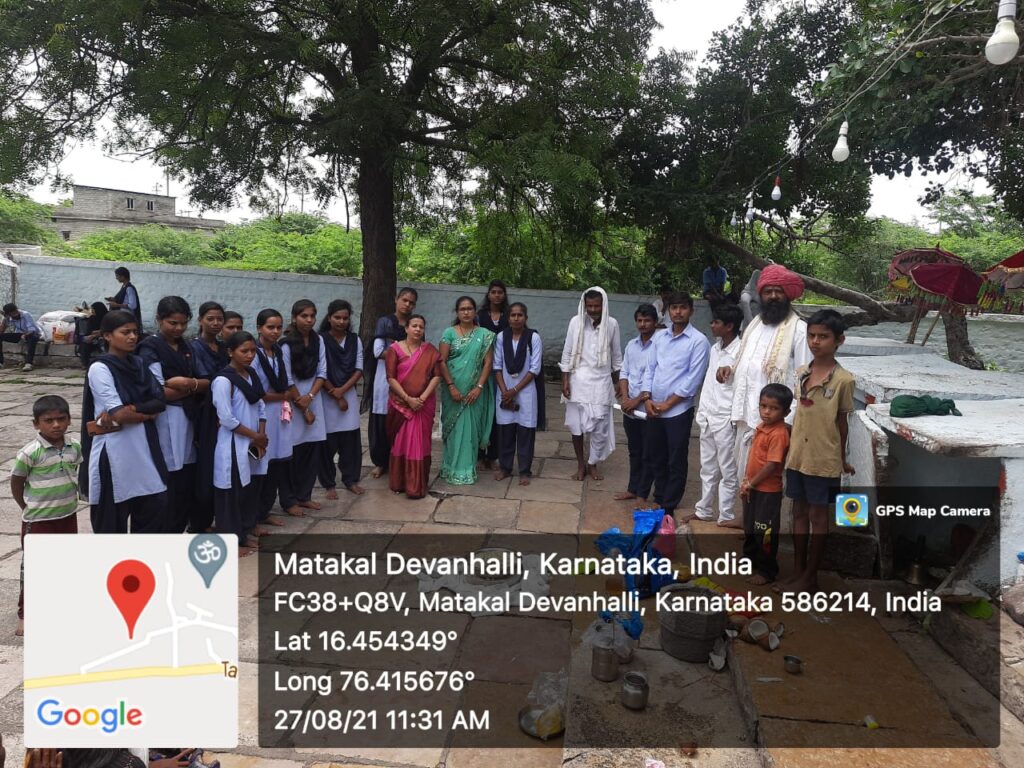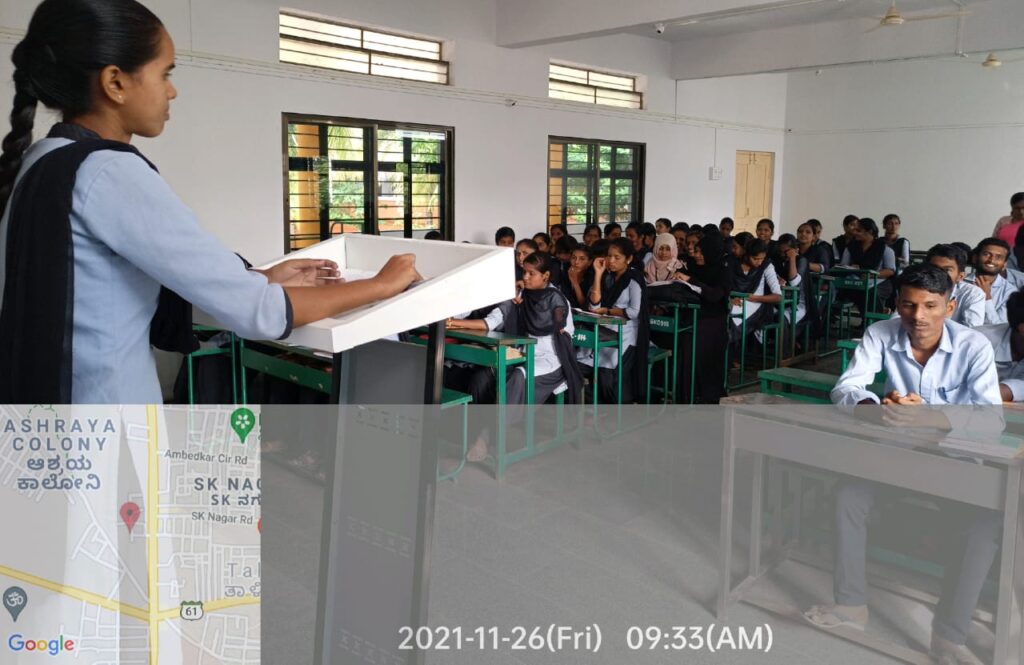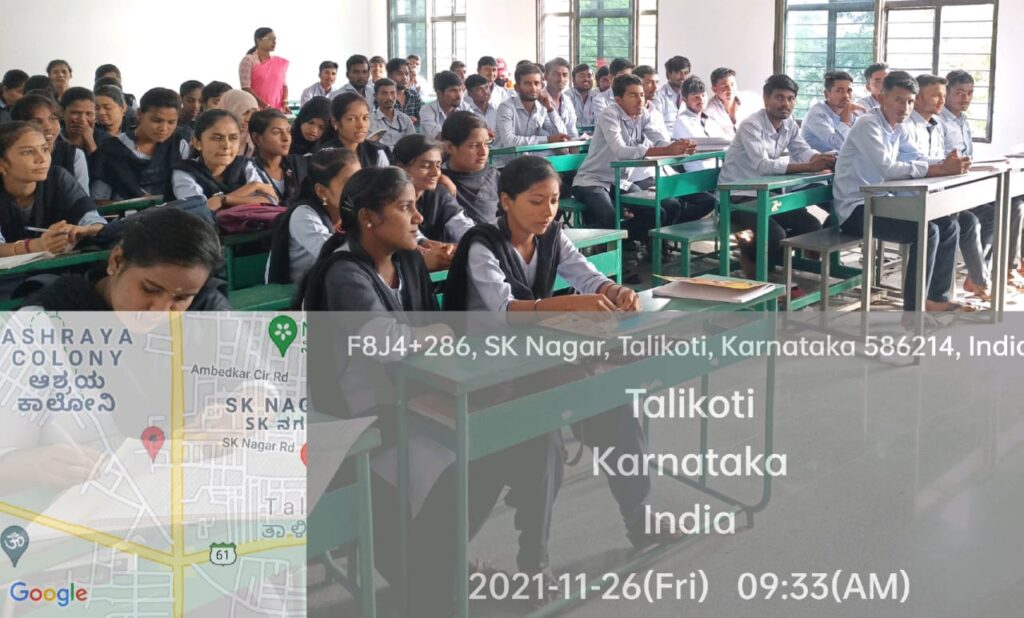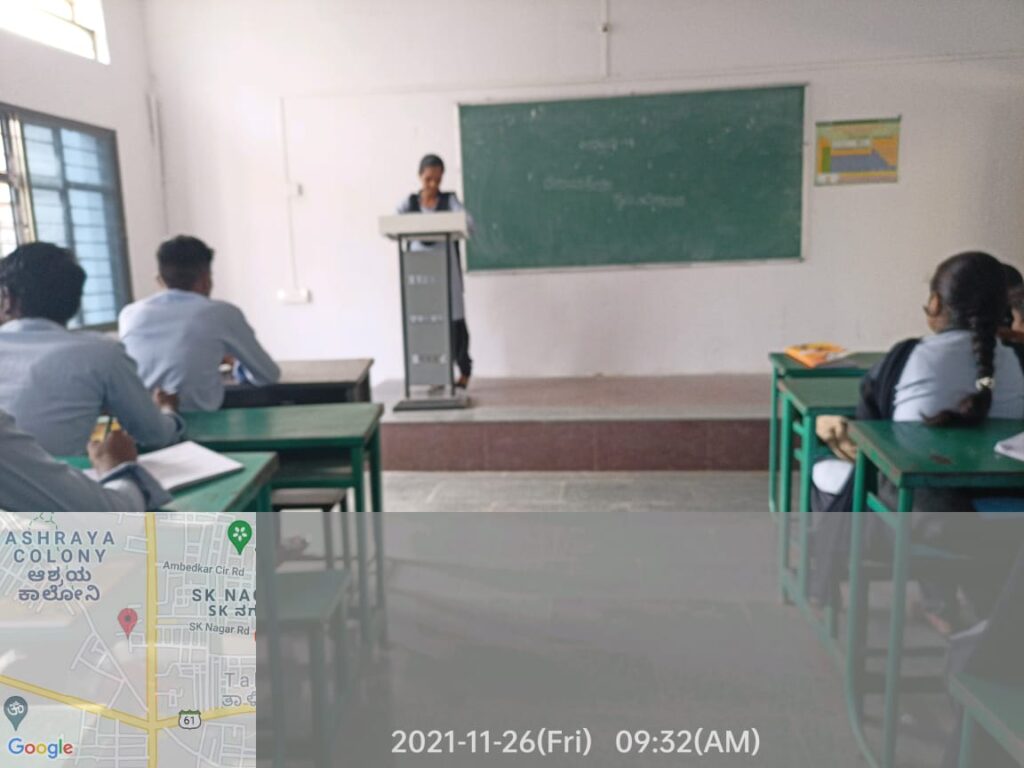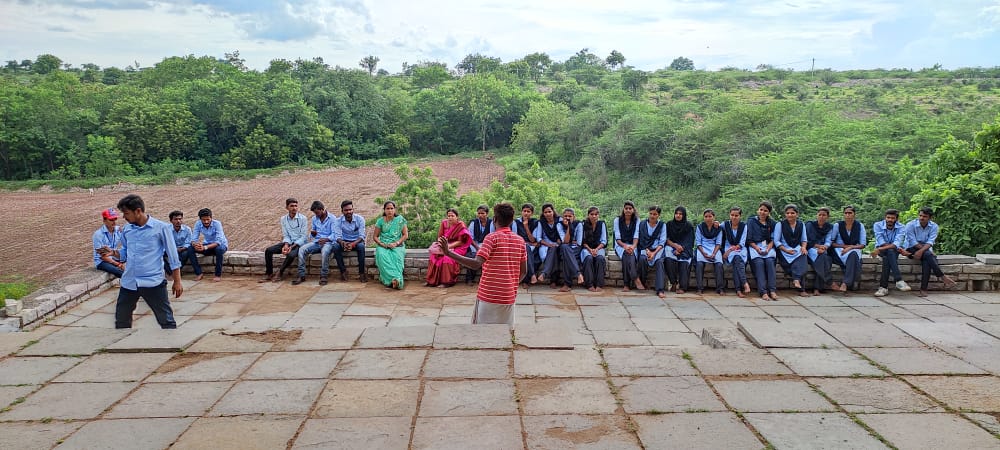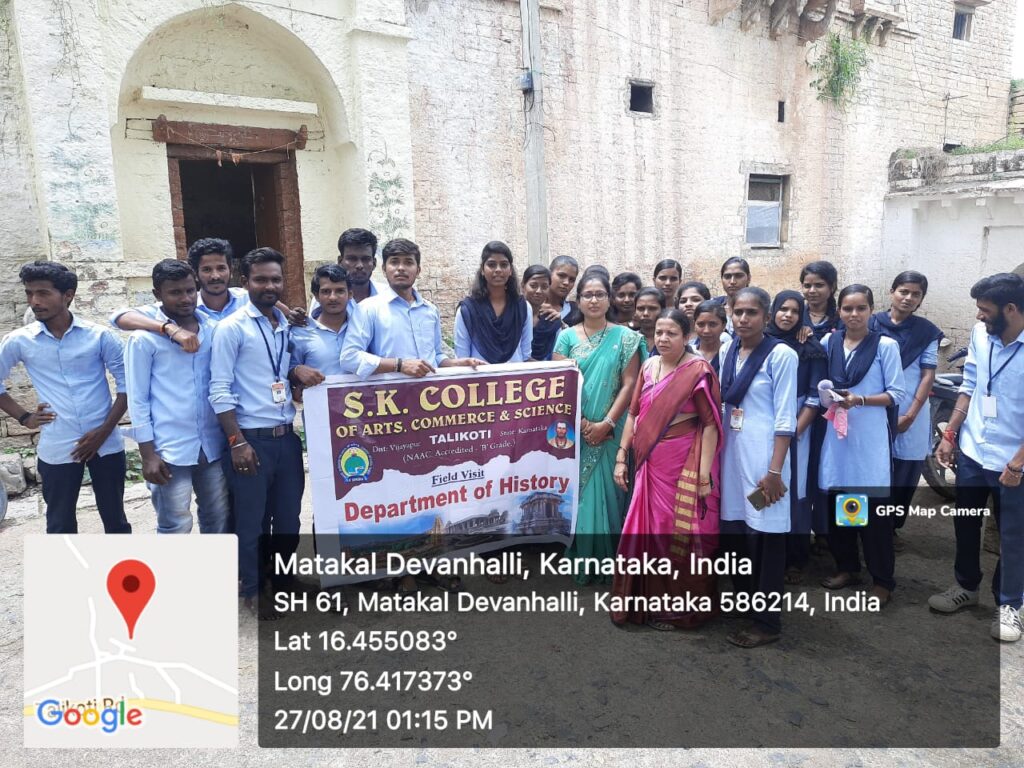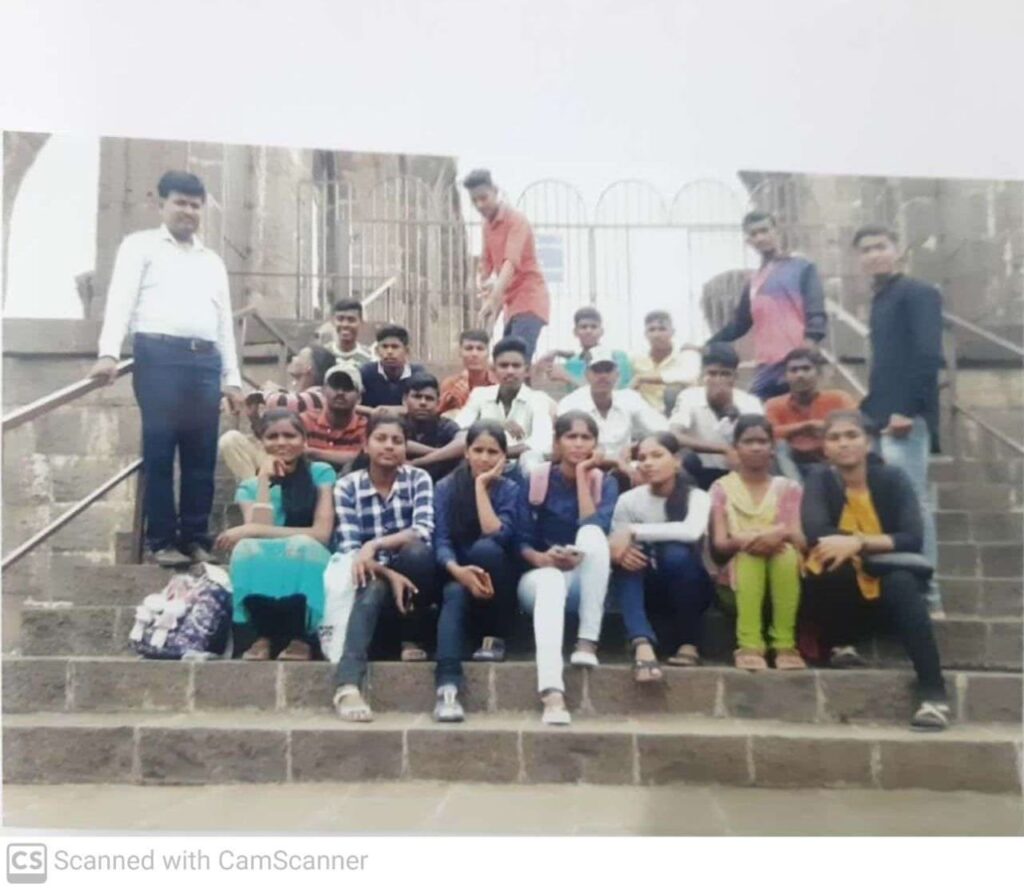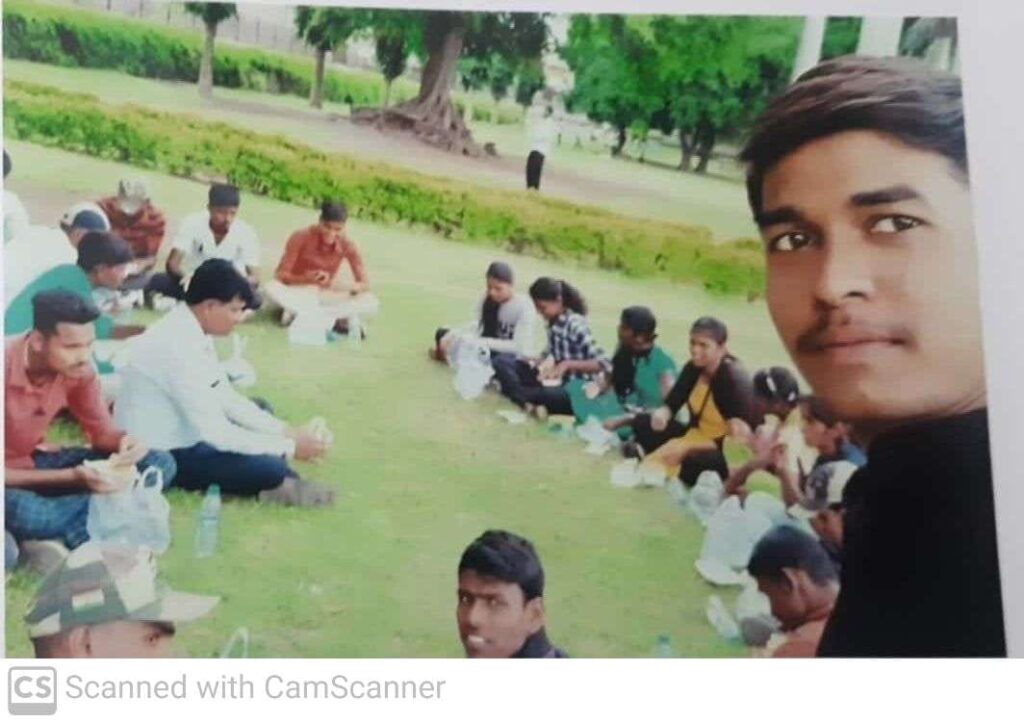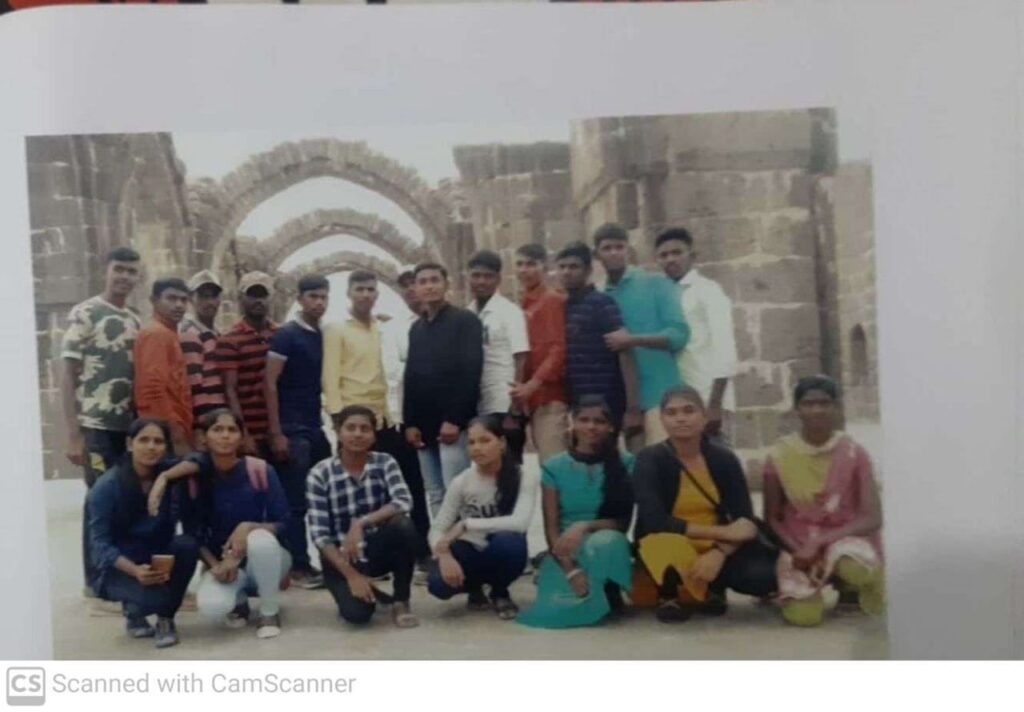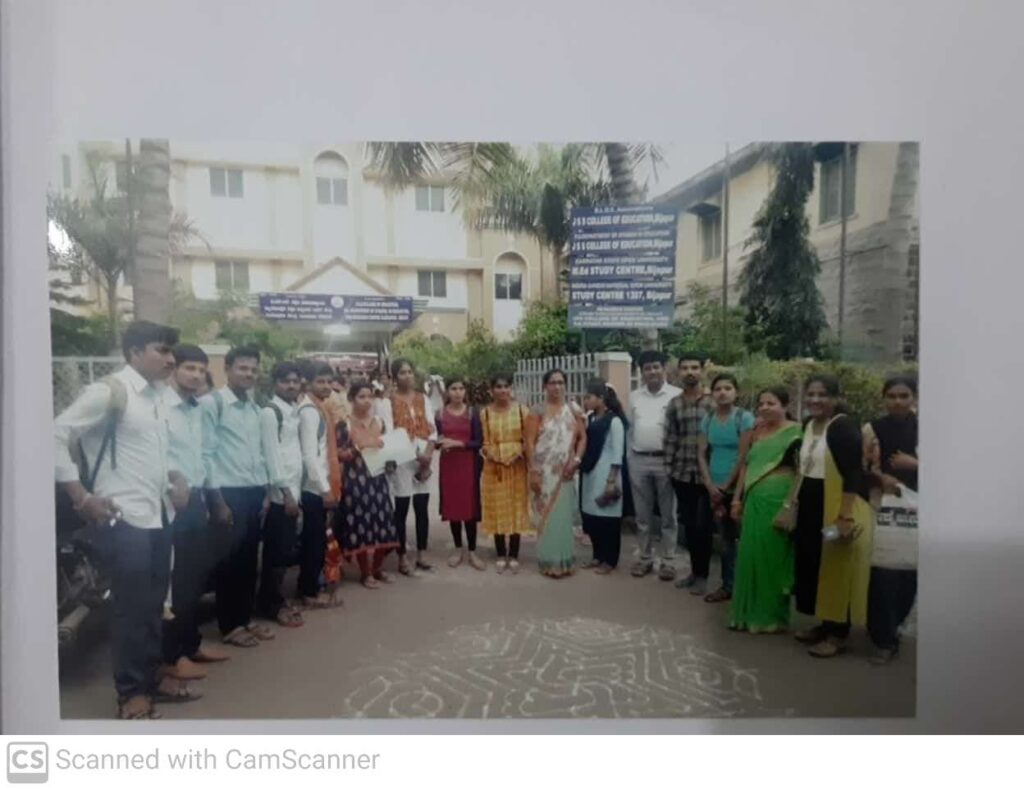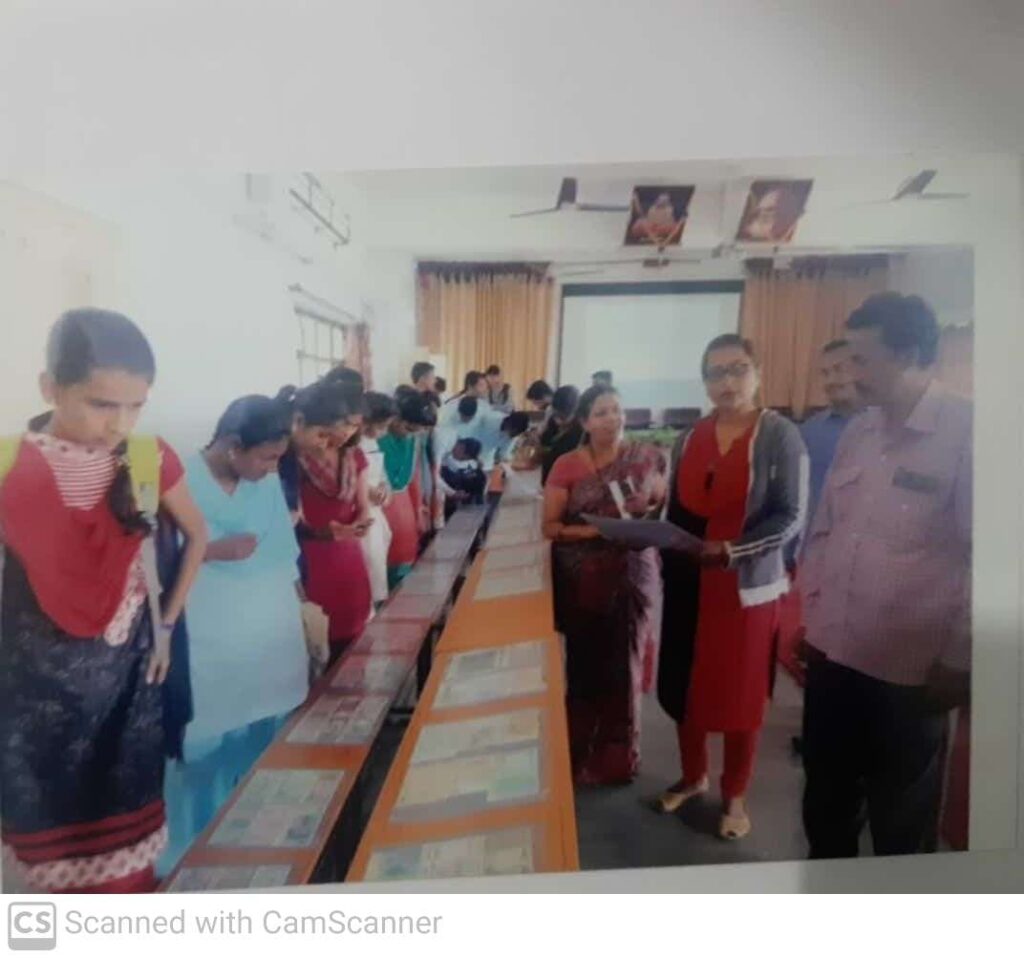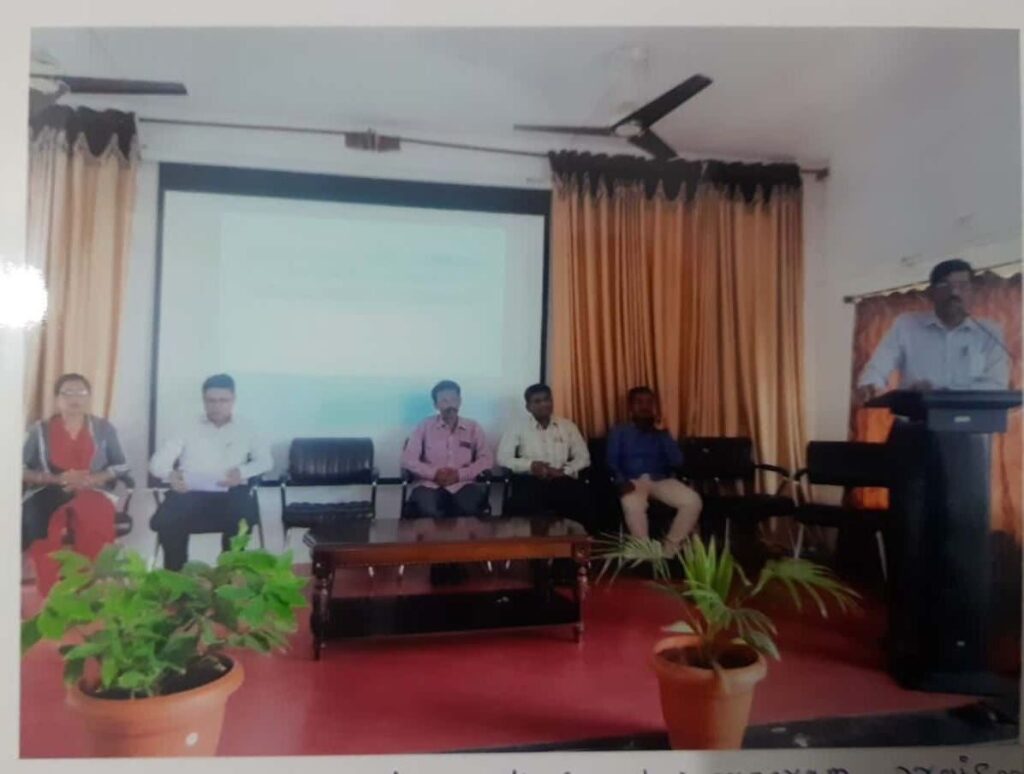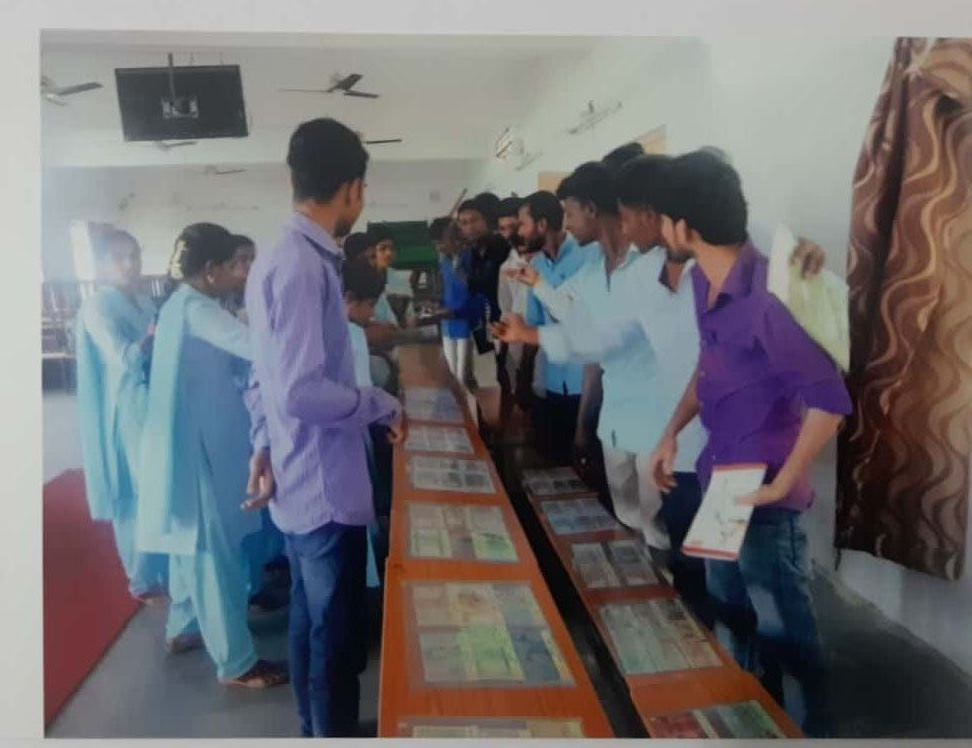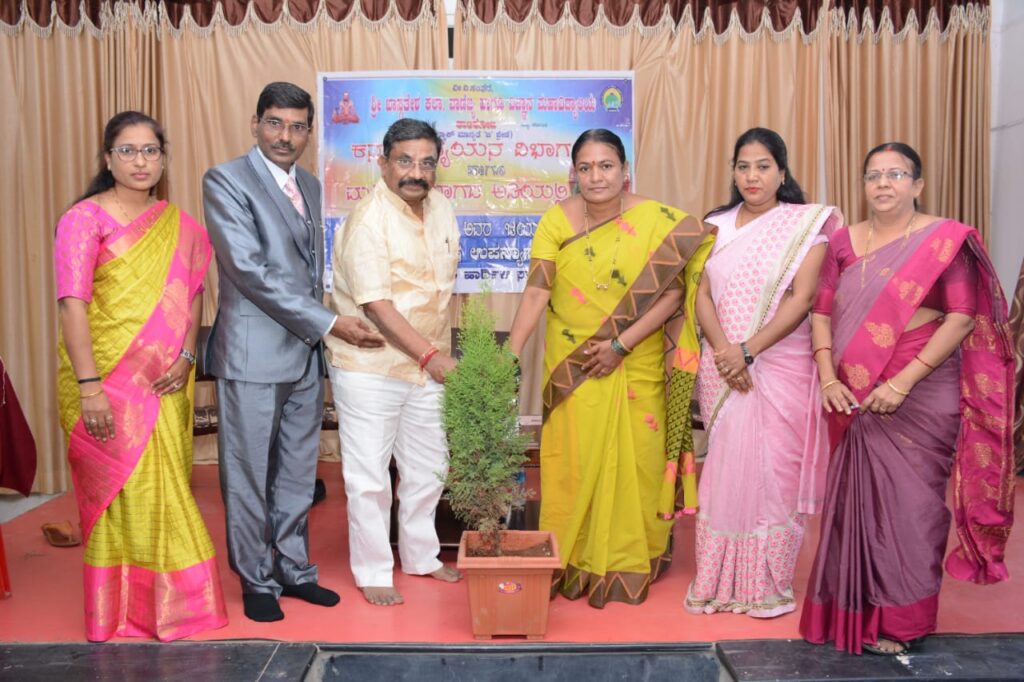Course Outcomes
B.A. I Sem Sub History
Paper Title History and Culture of Karnataka
Co-1 Sources of understanding of basic concept of History.
Co-2 Describe the three great emperors of the Mauryan Empire, explain Mauryan government, economy and religion, identify and discuss the rise and fall of the Mauryan Empire.
Co-3 Administration, social life art and architecture under the Chalukyas Political history, Art architecture of the Rashtrakutas.
Co-4 Think critically about philosophical problems and the relationship between these philosophical problems and their own lives. their own lives.
Co-5 Describe the influence of political ideologies economic structure social organization cultural perceptions and natural environments on historical events.
BA II Semester Sub:History
Paper Title: History and Culture of Karnataka
Co-1 Describe the key features of Religious, courtly and civic Architecture of the Vijayanagar Empire.
Co-2 Think critically about philosophical problems and the relationship between these philosophical problems and their own lives.
Co-3 The political motivation behind skirmishes between tippu sultan and British imbued with Haidar ali’s Sagacity.
Co-4 The important-contemporary political, social, legal and environmental issues and values.
Co-5 Describe the influence of political ideologies, economic structures, social organization, cultural perceptions and natural environments on historical events.
B.A. III Sem Sub History P-I
Paper Title History and Culture of Ancient India
Co-1 Describe human environment and nature society interactions as well as global human and environment issues.
Co-2 Indus Valley 3rd major civilization to develop know less about Indus Valley because their language has never been translated subcontinent includes India, Pakistan and Bangladesh.
Co-3 The causes for the rise of Buddhism and Jainism Early life of Mahavera and his teachings, Early life of Buddha and his teachings.
Co-4 Explain Mauryan government economy and religion identify and discuss the rise and fall of the Mauryan Empire.
Co-5 Describe the influence of political ideologies economic structures social organisation, cultural perceptions and natural environments on historical events.
B.A. IV Sem Sub History P-I
Paper History of India
Co-1 To become familiar with Muslim worship practice and Muslim ways of life learn about the historical development of Islam from the time of the prophet Muhammad to the present.
Co-2 The Delhi Sultanate refers to the five short-lived Muslim Kingdom of Turkic and Pashtun (Afghan) origin that ruled the territory of Delhi between 1206 and 1526 CE.
Co-3 Muslim and Hindu traditions clashed and how they blended. Summarize the policies of Akbar that strengthened Mughal India.
Co-4Unity of God or one God through known by deferent names Bhakti intense love and devotion, the only way to salvation.
Co-5 Describe the influence of political ideologies, economic structures, social organisation, cultural perceptions and natural environments on historical events.
Paper Title History of Modern India
B.A. VSem Sub History
Paper-I
Co-1 To know about the establishment of British rule in India and the hardship faced by Indians under them.
Co-2 To increase the Company’s profits Enhance the profitability of its Indian possessions to Britain and Maintain Strengthen the British hold over India.
Co-3 To learn about the various Battles which lead to first war of Independence in 1857.
Co-4 Western conquest exposed the weakness and decay of Indian society Hence thoughtful Indians began to look for the defects of their society and for the ways and means of removing them.
Co-5 Describe the influence of Political ideologies, economic structures social organization cultural perceptions and natural environments on historical events.
B.A. V Sem Sub History
Paper-II Title Modern Europe
Co-1 Explain of various aspects of Geographical discoveries
Co-2 Evaluate the political social and cultural legacies of the revolutionary and Napoleonic periods for France and the wider world.
Co-3 The 1848 Revolution in France ended the Orleans monarchy (1830-48) and led to the creation of the French Second Republic.
Co-4 Describe the unification of Italy. Outline the major events leading to the unification of Italy the primary leaders of the unification of Italy.
Co-5 Describe the influence of political ideologies economic structures, social organisation, cultural perceptions and natural environments on historical events.
Paper Title History of Modern India
B.A. VI Sem Sub History P-I
Co-1 To know about the Establishment of British rule in India at the hardships faced by the Indians under them and understand why the British could rule over India.
Co-2 The week and the people belong in to the so called low caste were the victims of such customs. Infanticide system of sati polygamy etc. were the evils from which the Indian society suffered.
Co-3 Learn what citizenship is and what being a good citizen means, understand the sic broad categories of fundamental rights. Guaranteed by the constitution to its citizens.
Co-4 Identity with the statement that freedom is our birthright Describe the extent of influence mass movement had attaining swaraj.
Co-Describe the influence of political ideologies economic structures, social organization, cultural perceptions and natural environmentas on historical events.
Paper Title Modern Europe
B.A. VI Sem Sub History P-II
Co-1 The Causes which led to the Industrial revelation in England consequences of industrialization on English Society the extend to which English and German norms became the standard for Industrialization in Europe.
Co-2 Outline the events of the 1905 revolution along with its success and failures
Co-3 To identify the border political and economic causes of the IInd world war., understand the military operations that led to the defeat of the Nazi Regime and there allies in Europe
Co-4 Identify the strength and weakness of the contending explanations for the start of the cold war. Identify the main periods of increase and decrease in cold war tensions.
Co-5 Describe the influence of political ideologist economic structures social organization cultural perceptions and natural environments on historical events.
